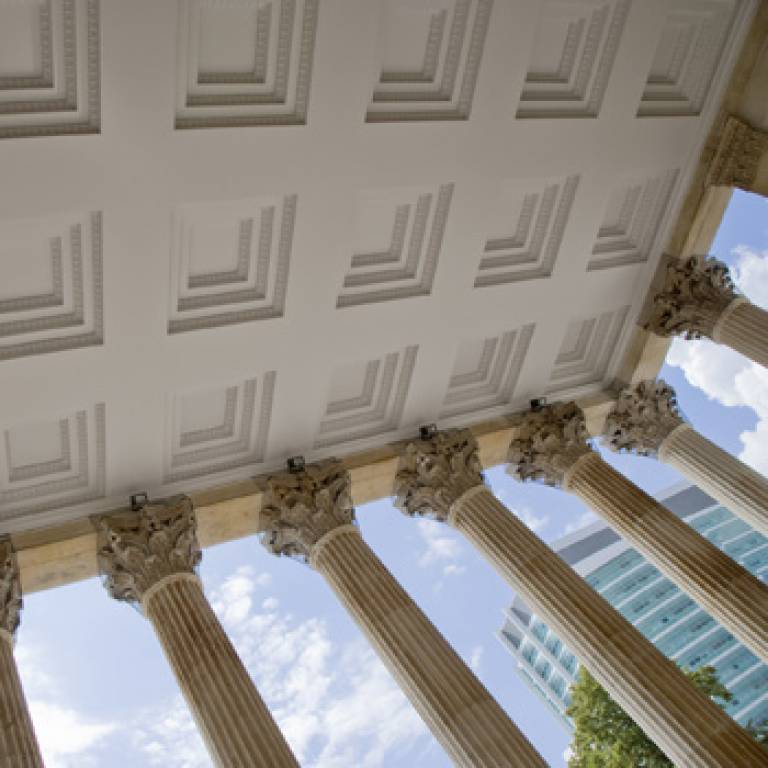Science and Engineering South Consortium (SES-5)
9 May 2013
The most powerful cluster of research intensive universities in the UK are joining forces to form a new consortium to become one of the world's leading hubs for science and engineering research.

The Science and Engineering South Consortium has been initiated to pool the collective insights and resources of the Universities of Oxford, Cambridge and Southampton, Imperial College London and University College London. These world-leading centres for research, the SES-5, will innovate and explore new ideas through collaboration whilst providing efficiencies of scale and shared utilisation of facilities to increase the return on existing and future public investment.
"Our institutions are committed to the concept that competition between ideas and hypotheses is essential for the healthy development of excellent and impactful research," said Professor David Price, Vice-Provost for Research at UCL. "However, as communities of scholars, we are also convinced of the value to the UK and beyond of collaboration and the sharing of insights and resources".
"The SES-5 will be well-placed both to compete and to collaborate with other world-class institutions on the global stage," said Professor Ian Walmsley, Oxford's Pro Vice-Chancellor for Research. "It will also provide a regional hub with the potency and capacity to attract inward investment. Combining our strengths through collaboration will deliver global impact" adds Professor Lynn Gladden, Pro Vice- Chancellor for Research at the University of Cambridge.
Our institutions are committed to the concept that competition between ideas and hypotheses is essential for the healthy development of excellent and impactful research,
Professor David Price, UCL Vice-Provost (Research)
Collectively, the SES-5 represent the most powerful cluster of research intensive universities in the world with a combined annual research spend of more than £1.3 billion and more than 170 Nobel Laureates amongst former and current staff and alumni.
The SES-5 also hold more than 1,400 Engineering and Physical Science Research Council (EPSRC) awards worth £1 billion, representing more than a quarter of all EPSRC projects by number and 30% by amount of the entire national commitment in this area. Similarly, the group's Science and Technology Facilities Council portfolio is worth roughly £150 million, representing a third of the national commitment.
Together, the SES-5 will explore how their shared infrastructure and training can be used to stimulate further international, national and regional synergy whilst further engagement with industry will be sought to promote economic growth. The group will also share major facilities for research in the physical sciences, bio-sciences, and engineering. Projects are already underway that involve sharing facilities for High Performance Computing.
The universities will also engage in the strategic planning of new infrastructure investment for science and engineering research and explore the potential for collaboration with centres of research excellence elsewhere around the world.
The SES-5 partners believe that by enhancing their excellence and infrastructure together, the group will strengthen the UK's international competitiveness in research.
"It is vital that we maintain our pre-eminence in research and careful planning of our infrastructure is essential if we are to maintain a leading international position" said Donal Bradley, Pro-Rector for Research at Imperial College.
"We have just started on this collaborative project" said Professor Philip Nelson, Southampton's Pro Vice-Chancellor "although we already have in place collaborative grants that have a value in excess of £150m. We are delighted to formalise links with the UK institutions with whom we already collaborate most in science and engineering research."
Links:
Editorial in Times Higher Education
UCL Office of the Vice-Provost (Research)
 Close
Close

